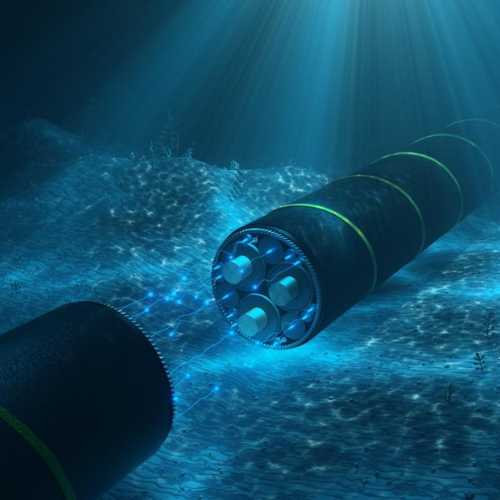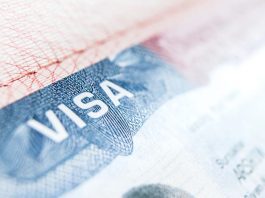In the world we live in, undersea cables are like the invisible highways that connect different countries and continents. These cables carry most of our internet, phone calls, and even financial transactions. But recently, these cables have been under attack, causing serious concerns among American allies, especially in regions like Taiwan and the Baltic Sea. As these crucial cables are damaged or severed, suspicions quickly turn toward two major countries—Russia and China.
In early January, a vital undersea cable off Taiwan’s coast was damaged. This event quickly became the center of a global debate. Taiwan’s telecom company, Chunghwa Telecom, reported the damage, and soon after, the Taiwanese Coast Guard intercepted a freighter named Xing Shun 39. This ship, owned by a Hong Kong company and flagged by both Cameroon and Tanzania, was in the area at the time the damage occurred. Taiwan’s Coast Guard even suggested that this ship might have caused the cable’s break, though they couldn’t confirm this for sure.
While damage to undersea cables isn’t rare—there are hundreds of incidents every year—this one caught global attention because of the rising tensions between countries like China and Taiwan. The Taiwanese government has warned that this could be a case of “gray-zone interference,” where a nation carries out actions that aren’t full-scale war but are meant to weaken the opponent, often without leaving clear proof of involvement.
Suspicions Grow Amid Geopolitical Tensions
The situation becomes even more complicated because of the broader political climate. Taiwan, which is self-governed, is claimed by China as part of its territory. Given the ongoing tensions between these two nations, Taiwan’s suspicion quickly fell on China. Taiwan believes that Beijing might be using “gray-zone tactics,” including damaging critical infrastructure like undersea cables, to weaken Taiwan without directly engaging in military conflict.
This isn’t the first time that similar incidents have happened. In the Baltic Sea, a region crucial for European security, NATO has been investigating a series of undersea cable damages. After the Russian invasion of Ukraine, incidents involving damaged cables have raised alarms across Europe. Russia has been suspected of being behind some of these attacks, especially after cables, power lines, and even gas pipelines were damaged under suspicious circumstances. NATO has responded by increasing patrols in the Baltic Sea to protect these important communication links.
The damage caused by the January 3 incident in Taiwan did not interrupt communications because there were backup cables that took over. However, if too many cables were severed, it could lead to severe disruptions, including internet blackouts. This is a real concern for Taiwan, which relies heavily on these undersea cables since it’s an island with no overland connections to other countries.
Proving Intentions Remains a Challenge
The challenge in dealing with these incidents is that it is hard to know whether the damage was an accident or a deliberate act of sabotage. Many of these cables are damaged by fishing boats or ship anchors. In fact, around 200 cable faults are reported each year due to such accidents. But the rising geopolitical tensions mean that governments are more likely to consider the possibility of sabotage, especially when the damage happens near regions with political conflicts.
In Europe, for example, several cases have occurred where ships—especially those from China—have been suspected of damaging cables. In one case, a freighter called Yi Peng 3, which left Russia’s Ust-Luga port, was linked to damage to cables between Finland, Sweden, and Lithuania. Though there was no solid proof that the ship caused the damage, the ship was detained for investigation. Similar incidents have led to fears that China and Russia might be involved in a campaign to disrupt communication lines between NATO allies.
The Vulnerabilities of Undersea Cables
Though no direct evidence has been found, the frequency of these incidents is making authorities more suspicious. Taiwan is worried that it could be a target due to its political situation with China. The Taiwanese Coast Guard has even said that they can’t rule out the possibility that the Xing Shun 39 was involved in this kind of “gray-zone interference.” However, bad weather prevented them from boarding the ship to investigate further.
Experts argue that, even though these cables are vulnerable, it’s not clear what benefit either China or Russia would gain from intentionally severing them. Cables are extremely valuable as they handle billions of dollars worth of data and transactions daily. Disrupting them could lead to enormous financial losses, which might make nations think twice about targeting them.
As these incidents pile up, it is clear that the once-overlooked undersea cables are now at the forefront of security concerns for many countries. Governments and defense groups are realizing how critical these hidden lifelines are for communication and global stability.







